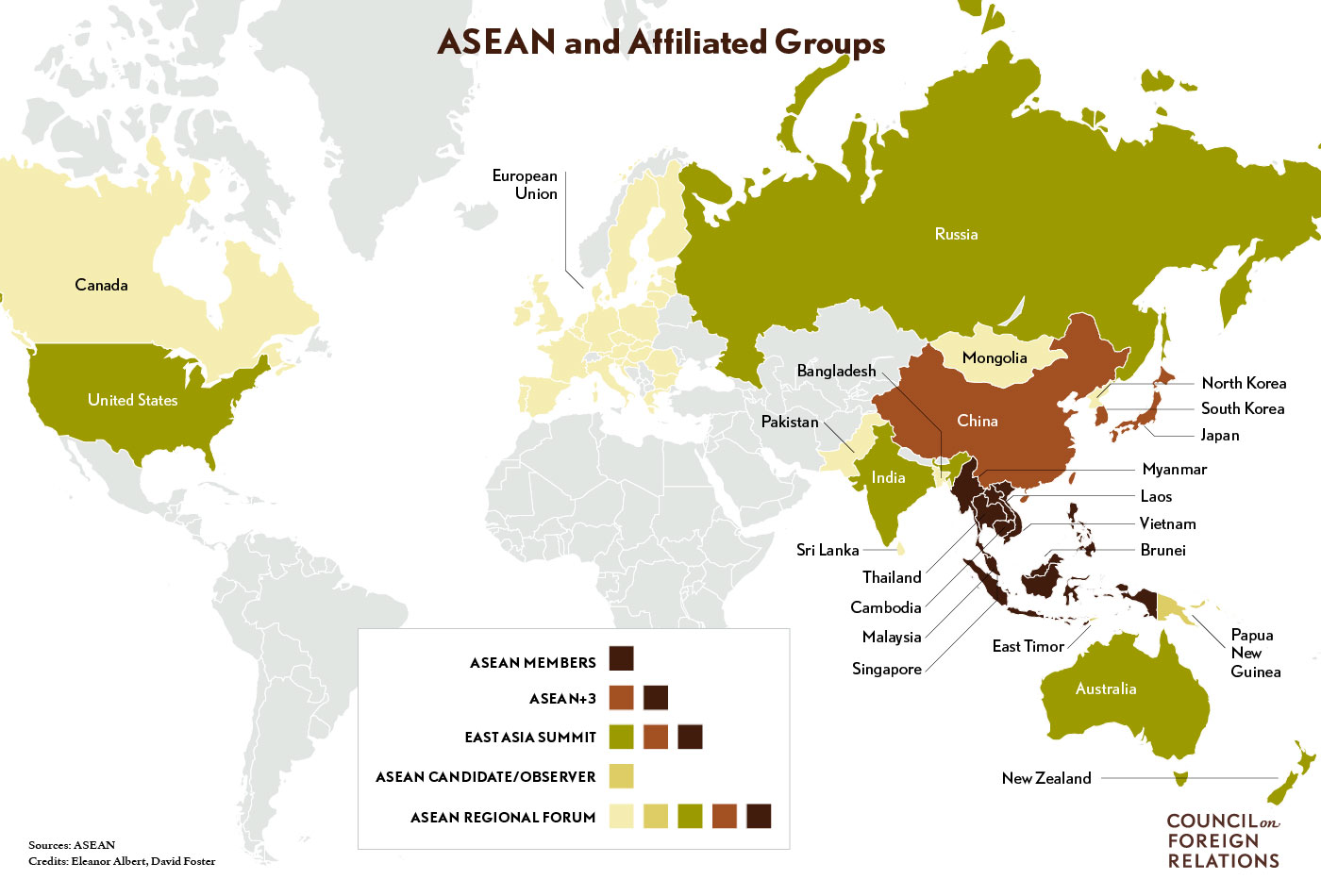900 319 0030
enquiry@shankarias.in
.Why in news?
India will host the mega India-ASEAN commemorative summit shortly, marking 25 years of bilateral relations.
How did the partnership evolve?

How is the economic integration?
What are the roadblocks?
What should India focus on?
Source: Financial Express